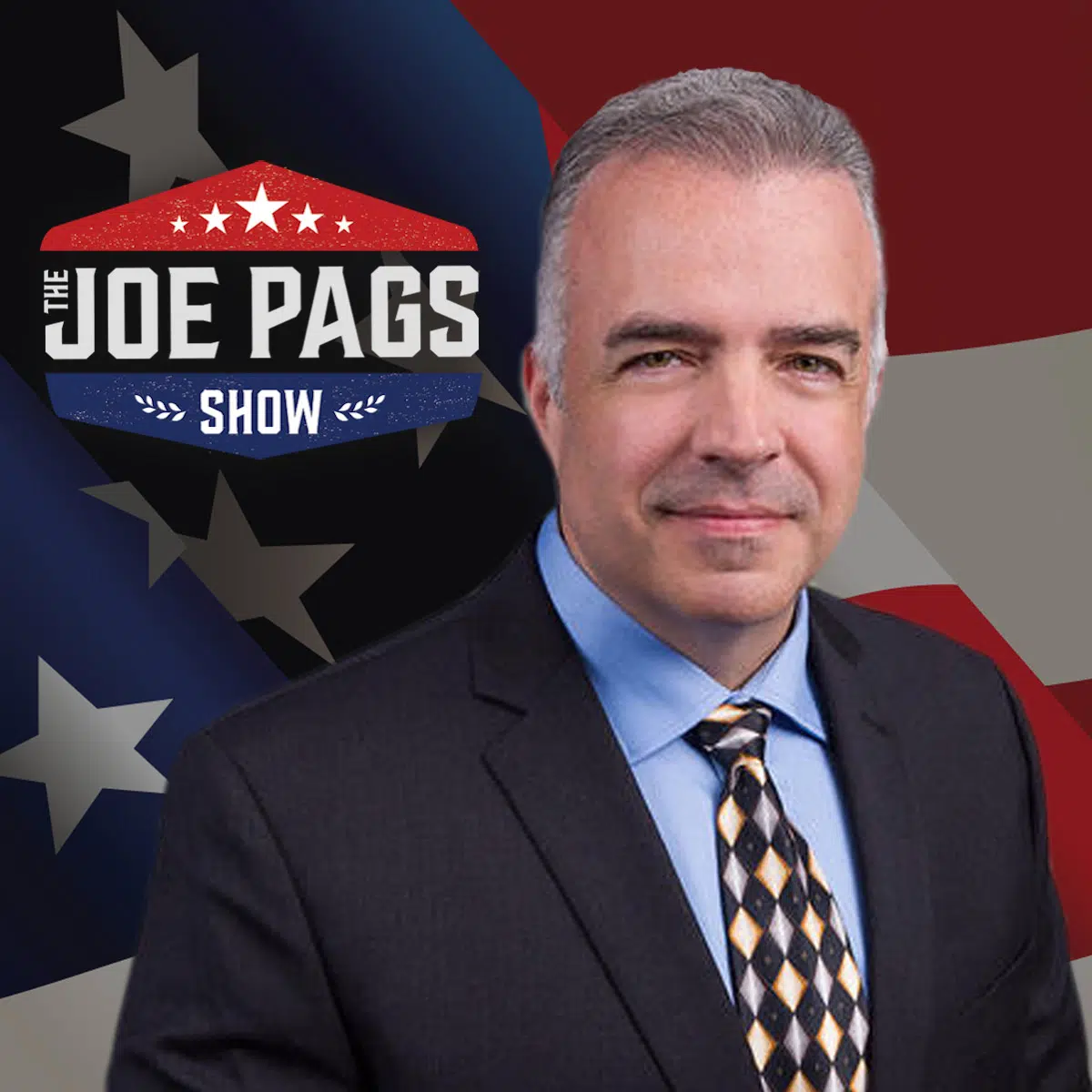By Robin Emmott, Sabine Siebold and Tom Balmforth
BRUSSELS/MOSCOW (Reuters) – Russia’s invasion of Ukraine looks designed to take Kyiv and create a land corridor south to the Black Sea, splitting the country into two, military analysts and former officials said, echoing the view of Ukraine’s generals.
President Vladimir Putin may still seek some form of control over the entire country, they said, as he strives to stop Ukraine ever joining NATO. He is also not guaranteed victory. A senior U.S. defence official said on Friday that Russia was facing more resistance than it expected, not least in its advance on Kyiv.
The tactics of the advancing Russian troops point to a “flanking movement” from Ukraine’s weakest points – its northern border with Belarus, and in the south Crimea, which Russian annexed eight years ago, with its huge naval base.
Such a strategy, if successful, could allow Moscow to control eastern Ukraine including its seaboard directly while reducing western Ukraine to a vassal state, and in turn reduce the financial costs of a long-term occupation, experts say.
“I think that now they (the Russians) are aiming at creating a land bridge all the way to Moldova,” said Konrad Muzyka, director of the Poland-based Rochan consultancy.
Russian tanks and forces began their invasion on Thursday through the eastern Kharkiv and Donetsk regions, and from the south in Tavriya, while missile strikes and bombing from Belarus began an advance towards Kyiv from the north, according to the Ukrainian military.
According to a Ukrainian defence ministry broadcast posted on Facebook on Thursday, military movements so far suggest that the Kremlin’s goal is to “block Kyiv, create a land corridor to the occupied Crimean peninsula and self-proclaimed Transnistria”.
In 2014, Russia not only seized Crimea but also backed rebels who set up separatist administrations in Donetsk and Luhansk, in the largely Russian-speaking Donbass region of eastern Ukraine.
It also has troops in Transnistria, a Russian-speaking breakaway province of Moldova.
Joerg Forbrig, at the German Marshall Fund in Berlin, said Russian troops could “try to gain control of a very large part of Ukraine, which will include those territories that would make a land corridor between the between the three territories they control already”.
‘UKRAINIANS WOULD RESIST’
Ukraine’s armed forces have so far denied Putin a rapid advance on Kyiv. “As long as the Russians don’t have control of the airspace, they won’t be able really to make their armoured thrust into Ukraine count,” said Jamie Shea, a former NATO official now at the Friends of Europe think-tank.
Russian missiles pounded Kyiv on Friday. Moscow claimed to have captured the Hostomel airfield northwest of the capital, a potential staging post for an assault on Kyiv.
U.S. officials believe Russia’s initial aim is to topple Ukraine’s pro-Western president, Volodymyr Zelenskiy.
“Putin doesn’t want Donbass or Donetsk – he wants all of Ukraine, but he does not have to occupy the entire country to reach that goal. He will aim to decapitate the Ukrainian state,” said retired German general Hans-Lothar Domroese.
Defence experts pointed to the huge expense for Russia of a military campaign in Ukraine, a former Soviet state of 44 million people slightly smaller than Texas.
“The Soviet Union spent so much money having its troops in eastern Europe, and they were they were willing participants as communist regimes. Ukrainians would resist any Russian government,” said Elisabeth Braw at the American Enterprise Institute think tank in Washington.
It is also unclear how a protracted war with many Russian casualties would be perceived at home, even when Putin does not tolerate dissent. Police detained more than 1,800 anti-war protesters across Russia on Thursday.
Putin could seek an arrangement for western Ukraine – where most people speak Ukrainian rather than Russian as their first language – similar to the one Moscow has with Belarus, where Russia has helped long-time president Alexander Lukashenko suppress opposition and dissent.
Carlo Masala, professor for International Politics at Bundeswehr University Munich, said Russia had so far not tried to send troops to western Ukraine in numbers.
“The Russian military build-up, no matter if it is 160,000 or 200,000 troops, is not enough to occupy Ukraine for any long period of time,” he said.
“I am still sure that Putin’s main goal is seizing Donbass … and a land corridor to Crimea, splitting these areas off from Ukraine and establishing a tame government in Kyiv.”
(Writing by Robin Emmott; Editing by Kevin Liffey)




